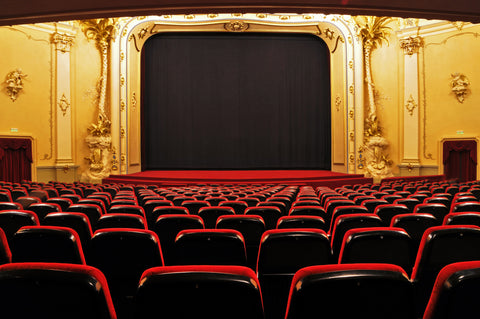
Devising a play based on the Aberfan disaster
£14.95
At the beginning of Year 10, drama presents a number of daunting difficulties for students: they are going be asked to do a number of things they probably haven’t done before. One of the things they are likely to be asked is to devise an extended play from a stimulus to the highest standard they can achieve. For many students the simple act of working on one piece for an extended period of time is difficult enough, never mind having to write the play, direct it, act in it and tech it, while dealing with the vagaries of group dynamics. It is an exercise that most professional actors would avoid.
At its most elemental, drama is the acting out of stories for an audience to watch. It is not a good idea to let students make up their own stories; storytelling by committee rarely ever works. It is almost always best to start with an existing story: it could be a myth, a fairy tale, an incident in a life story or a true event. For this scheme of work the story that I’ve chosen to tell is a true one; it’s the story of the Aberfan disaster.
The finished play will use eye-witness accounts as scripted monologue, improvisation, physical theatre and music to tell the story. The style is that of ensemble theatre in which the actors remain on stage as active participants for the duration of the play. Apart from being an interesting style in itself, it is useful in an exam because it allows the moderator to make a clear assessment of each candidate as they will all have been on stage for about 20 minutes.
Learning objectives
- To devise a piece of documentary theatre for performance to the lower school. It could be seen as a piece of Theatre In Education (TIE)
- To use the story of the disaster at Aberfan to teach style and structure. A topic like this would be useful at the beginning of Year 10 because it will set the tone and the style for the rest of the course
- To teach an approach to devising a piece of theatre that students can use as a future model for devising their own work
Number of lessons: 10




